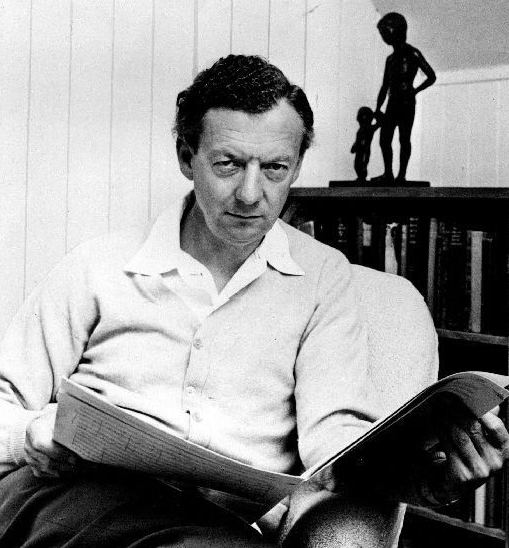Britten, The Young Person’s Guide to the Orchestra

For those of you with children in the home, summer can be a challenge. Schedules change, activities increase, disruptions mount. And there is always the threat of some well-laid plan being rained out or, worst of all, the onset of boredom. Of course our grandkids can always find ways to amuse themselves, and that’s what worries us. But if you find yourself looking for some appropriate indoor activity with educational and aesthetic content, you might try learning the instruments of the orchestra.
The Young Person’s Guide to the Orchestra by Benjamin Britten, written in 1945, gives you a good way to do that. Britten basically features all of the instruments (and instrumental groups) in a set of variations based on a tune by Henry Purcell (1659-1695).
In the initial statement of Purcell’s theme, Britten previews the major divisions of the orchestra: woodwinds, brass, strings, and percussion. In the variations that follow, Britten focuses on specific instruments. He begins with the flutes and progresses through the woodwinds: oboes, clarinets, and bassoons. He then takes each of the strings in turn beginning with the violins and working down through the basses. A harp variation is followed by the brass: French horns, trumpets, and trombones/tuba. An extended variation features numerous instruments from the percussion section.
To cap it all off, Britten gives us a fugue. From the initial statement of the fugue in the piccolo, the instruments are brought in again in the same order that they appeared in the variations.
There is also a narrated version of the piece, which you may find helpful. But from a musical perspective, I prefer it without narration. The narration, in my view, serves an educational purpose, but not an aesthetic one.



